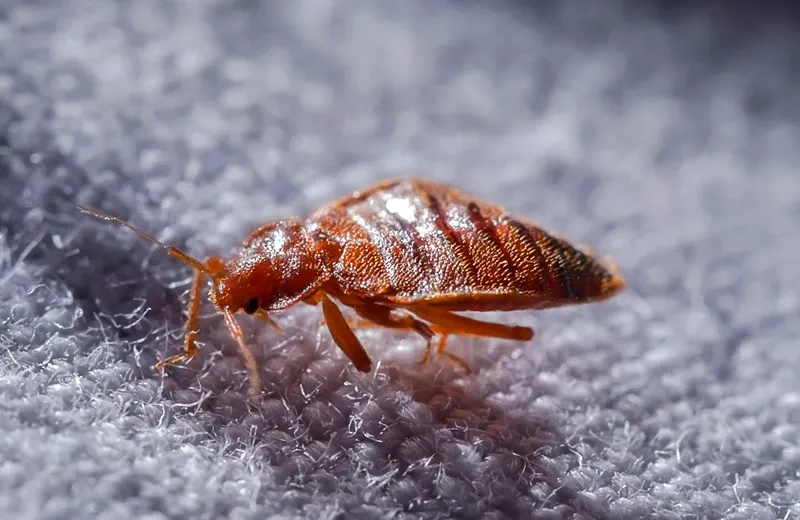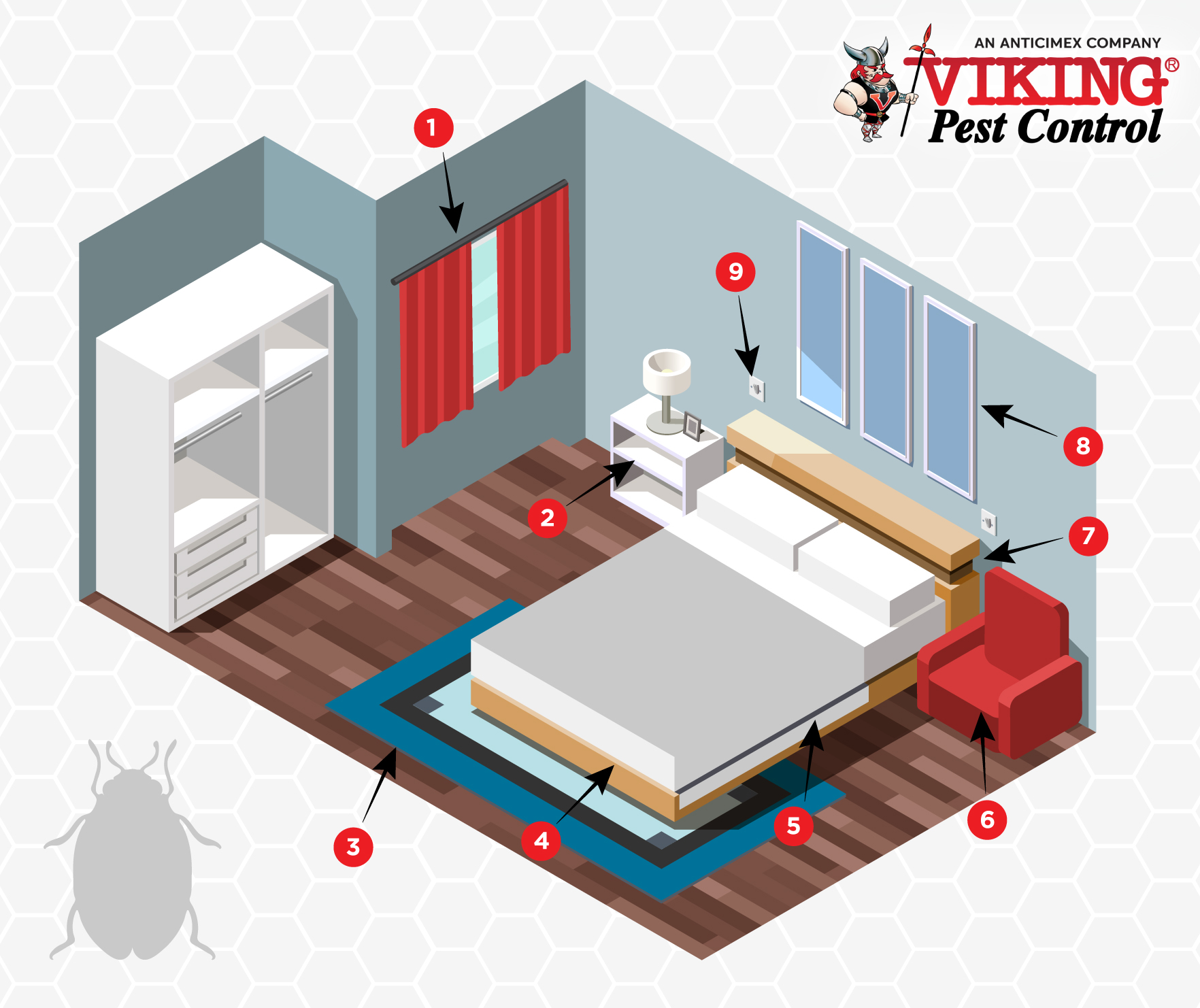Kinds Of Insect Control: Which Approach Is Right for Your Invasion?
When faced with a parasite invasion, the choice of a proper method for pest control is critical in successfully handling the scenario. By discovering the different types of parasite control techniques available, people can make informed decisions tailored to their distinct circumstances, making certain a much more lasting and reliable outcome in parasite removal.
Chemical Bug Control
Chemical insect control entails using artificial or naturally acquired chemicals to handle and eradicate pest populations effectively. This technique is commonly used in agriculture, forestry, and property settings to deal with a variety of parasites, consisting of weeds, rodents, and bugs. The usage of chemical pesticides can supply fast and targeted solutions to pest invasions, making it a preferred choice for lots of individuals and services.
Among the key advantages of chemical bug control is its capacity to swiftly get rid of parasites, reducing the danger of damage to plants, property, and human health and wellness. By using particular chemicals that target specific bugs, this approach can properly control infestations while lessening damage to valuable microorganisms and the environment when applied properly.
Nevertheless, the usage of chemical parasite control additionally elevates concerns regarding prospective unfavorable impacts on non-target types, water sources, and human health. It is crucial to follow safety guidelines, use chemicals sensibly, and take into consideration alternative pest control methods to minimize these threats and make certain lasting parasite monitoring methods.
Organic Bug Control
Biological insect control, also referred to as biocontrol, uses living organisms to manage and lower bug populaces naturally. This method uses the power of nature to regulate insects without the need for synthetic chemicals. Biocontrol can involve the intro of natural enemies of the parasite types, such as killers, bloodsuckers, or microorganisms, to reduce parasite populations. By using the parasite's natural killers or microorganisms, organic bug control provides a sustainable and ecologically friendly remedy to pest administration.

Mechanical Parasite Control
Making use of physical and hand-operated techniques to handle parasite populaces, mechanical insect control provides an alternate approach that does not rely on making use of living microorganisms or synthetic chemicals. This approach entails making use of barriers, catches, or various other devices to literally hinder or get rid of insects. By obstructing bug entrance points or establishing up traps to capture them, mechanical pest control can properly lower invasions without presenting chemicals right into the setting.
One usual instance of mechanical pest control is the usage of mesh screens on doors and windows to avoid bugs from going into buildings. This straightforward yet efficient method works as a physical barrier, maintaining pests out while permitting for appropriate air flow. Furthermore, tools like mousetraps, fly swatters, and ultrasonic repellents fall under the mechanical pest control category.
While mechanical parasite control methods can be labor-intensive and call for regular tracking and maintenance, they use a sustainable and environmentally pleasant solution for handling pest problems. By combining various mechanical strategies, homeowner can develop an extensive pest control technique that decreases reliance on chemical mice exterminator pesticides.
Physical Insect Control

Some typical physical insect control methods consist of making use of barriers such as nets or displays to prevent bug entrance, traps to capture and remove pests, and hand-picking to literally eliminate pests from plants or frameworks. Furthermore, techniques like warm treatments can be made use of to manage pests like bed pests by increasing the temperature level to degrees that are lethal to the pests.
Physical insect control is particularly valuable in integrated pest monitoring (IPM) approaches, where several pest control techniques are combined for reliable insect monitoring while lessening making use of chemicals. By making use of physical insect control techniques, individuals can effectively attend to pest problems with minimal ecological impact.
Integrated Bug Management
When carrying out physical pest control techniques as part of bug monitoring techniques, Integrated Parasite Management (IPM) becomes a comprehensive method that leverages different techniques to successfully regulate pest populations. IPM concentrates on lasting prevention of pests with a mix of biological, cultural, physical, and chemical tools customized to details insect concerns. By integrating multiple control techniques, IPM intends to decrease the risks connected with parasites while likewise minimizing reliance on chemical services.
One trick aspect of IPM is the emphasis on surveillance and assessing pest populations to identify the most proper control approaches. This aggressive method enables for very early treatment and targeted approaches, leading to more efficient insect administration. In addition, IPM advertises eco pleasant methods by focusing on non-chemical control techniques and just making use of pesticides as a last hope.
Final Thought

By making use of the parasite's natural predators or microorganisms, organic parasite control uses a sustainable and ecologically friendly option to pest monitoring. - Kings cincinnati pest control
Making use of physical and manual find out this here methods to manage insect populations, mechanical insect control provides an alternate strategy that does not count on the usage of living microorganisms or artificial chemicals.An efficient technique to handling bug populations without counting on chemical or organic techniques why not check here includes the use of physical insect control techniques.When executing physical pest control methods as part of pest monitoring approaches, Integrated Parasite Administration (IPM) emerges as an extensive approach that leverages numerous methods to efficiently control pest populations. Chemical parasite control includes the use of chemicals, organic insect control uses natural predators, mechanical parasite control includes physical barriers, physical parasite control includes trapping or getting rid of parasites, and incorporated insect management incorporates several methods for an all natural method to pest control.
Comments on “Relied On Kings Bug Control Cincinnati OH: Expert Services”